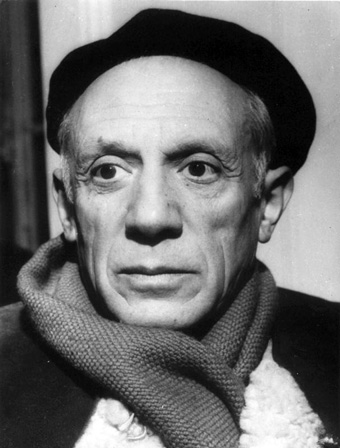Pablo Picasso earned his spot as one of the most well-known painters of the 20th century by painting the abnormal. His paintings often presented objects backwards, out of order, or turned any number of ways. But these scenes which we think of as imagination-inspired pieces of art were actually very real to Picasso. Picasso was dyslexic, a learning disability which flipped the orientation of letters and words in his brain. Picasso paintings depicted what he saw, and his dyslexia was no doubt an influence to his famous artwork.
Picasso’s early schooling years were filled with failed attempts at keeping up. He was often sent out of the room for being a bad student, but instead of sitting silently in his punishment Picasso would pull out a sketchpad and draw during his time banished from the classroom. Eventually the term “reading blind” was attached to Picasso in an attempt to explain why the orientation of letters were constantly changing while he read. After many years of failing at the local parochial school, Picasso’s father encouraged the young artist to enroll in school for the arts. So at 14, Picasso enrolled in Barcelona’s School of Fine Arts. Here he often skipped class- running around sketching the sights of the city.
He eventually completed schooling and went on to become one of the trend-setting artist icons of the 20th century. Picasso painted scenes as he saw them, allowing his orientation-affecting dyslexia guide both his imagination and his paintbrush to create iconic pieces of art like Old Man with Guitar and The Young Ladies of Avignon.
To read a full biography on Pablo Picasso, or watch a biographical video on the artist, visit Biography.com.
Home / Success & Inspirational Stories / Pablo Picasso
Pablo Picasso
© 2024 The Regents of the University of Michigan. U-M Gateway

